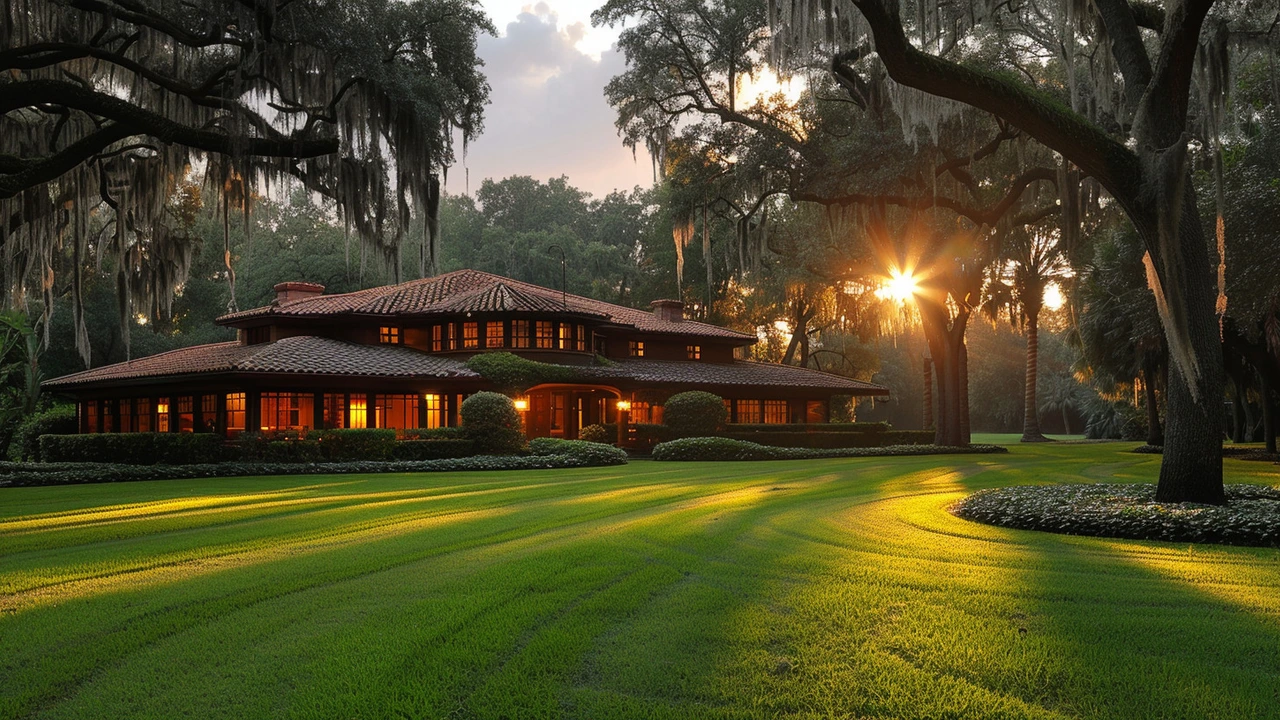American Suburbia: How styles and design shape the everyday neighborhood
Most American suburbs weren’t random. They grew from specific ideas about family life, cars, and what a “good” neighborhood should look like. After World War II, policies, mass building techniques, and popular tastes created entire neighborhoods of similar houses. But those houses borrow from older styles—Colonial, Craftsman, Greek Revival, and even Dutch Colonial Revival—so you get familiar shapes dressed in different details.
Suburbs combine planning and style. You’ll see repeated house types, wide streets, front lawns, and lots of garages. Cul-de-sacs and winding roads replaced rigid grids to reduce traffic and make places feel private. The result: accessible homes that look cozy while being easy to build and sell.
Typical house styles you’ll see
Colonial and Colonial Revival houses are everywhere in older suburbs. Look for symmetry, centered doors, and multi-pane windows. Dutch Colonial Revival shows itself with gambrel roofs and dormers. Craftsman houses bring low-pitched roofs, wide eaves, and porches that invite sitting outside. Greek Revival and Georgian details pop up on public buildings and some larger suburban homes—columns, pediments, and formal entrances that borrow classical ideas.
Even when builders used modern materials and fast methods, they often kept familiar shapes. That’s why revival styles—taking old looks and adapting them—are such a big part of American Suburbia. They make neighborhoods feel rooted while keeping construction efficient.
Practical tips for homeowners and renovators
Want to update a suburban house without losing its character? First, identify the style—columns, roof shape, window pattern. Match new work to those proportions. If you have a Craftsman bungalow, keep a substantial porch and exposed rafters. For Colonial types, keep symmetry and choose trim that echoes the original. Small changes—new paint colors, updated porch railings, energy-efficient windows with divided lights—can modernize without erasing the house’s identity.
Think about scale. Don’t add a huge, modern box to a small historic façade. Instead, tuck new additions to the rear or use similar rooflines and window sizes. For energy upgrades, add insulation in attics and basements first—those fixes are invisible but effective. Replace old single-pane windows with efficient ones that mimic divided panes.
On the neighborhood level, preservation matters. Retaining porches, mature trees, and walkable routes keeps a suburb feeling like a community rather than a row of showrooms. If you’re buying in a suburb, check local zoning, HOA rules, and historic guidelines so your project won’t hit surprise limits.
American Suburbia is a mix of planning, economy, and taste. It borrows from history to feel familiar and uses simple design ideas to serve real life. If you want a house that fits the neighborhood but still works for today, focus on proportion, materials, and small, thoughtful updates.

Exploring Ranch-Style Homes: The Quintessential American Suburban Architecture
Delve into the heart of American suburbia with a detailed exploration of the ranch-style house. This article unravels the history, characteristics, evolution, and the undying charm of these simplistic yet elegant homes. Understand why ranch-style houses became a staple in American suburbs and how their design caters to a comfortable and effortless lifestyle. Whether you're a homeowner looking to embrace the ranch style or simply intrigued by architectural designs, this piece offers valuable insights into creating spaces that reflect ease, functionality, and timeless appeal.
Read more